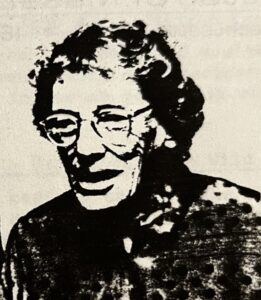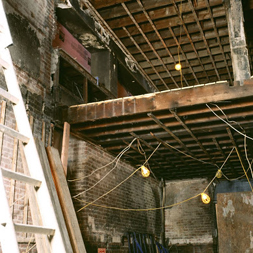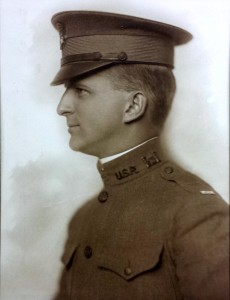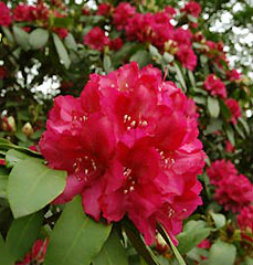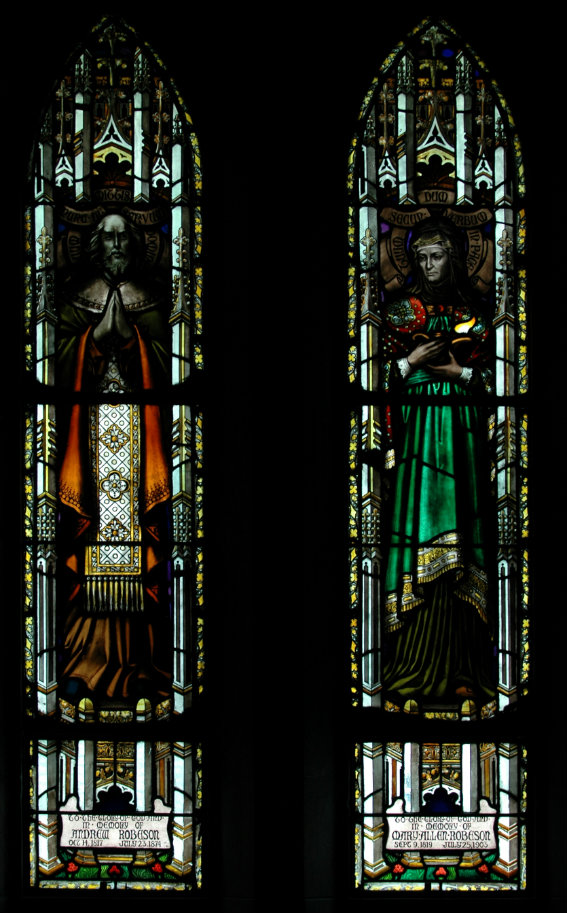Tag Archives: windows
A Remembrance & a Legacy
In Commemoration of the Centennial of the Armistice of World War I
Twenty-fifth Sunday after Pentecost, November 11, 2018; Rabbi Howard A. Berman
Hebrews 9:24-28
Mark 12:38-44
2000
19 June. Priscilla Rawson Young died in Needham MA and was buried in the Rawson plot at Skiff Mountain Cemetery, Kent CT. Our angel bequeathed $100K to sustain our mission and $1M for our music program. The Young Fund today supports Emmanuel Music‘s series of Bach cantatas, which can be heard in our services on Youtube and on Sundays in our sanctuary during the academic year. See also 1909 1939, 1942, 1971, 1973 & 1994.
Nov. 12. A devastating fire due to faulty wiring near our sacristy was reported by women in Safe Haven. The Burnham Window, designed by the English firm of Heaton, Butler & Bayne, was broken by firefighters. Given in memory of Marian Burnham, who drowned at a young age, the window has been restored by Serpentino Studios thanks to a generous grant from the George B. Henderson Foundation.
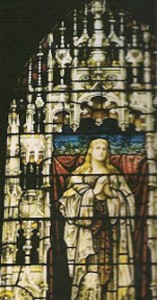
1920
The stained-glass triptych created by Henry Wynd Young (1874–1923) was installed in the narthex (lobby) as a memorial to Emmanuel’s youth who sacrificed their lives in the Great War. Edward Hale Perry was one of them.
1873
Several famous botanists were connected with our church.
-
When Benjamin Tyler Reed retired as senior warden, Edward Sprague Rand served again as warden until 1875. His son E.S. Rand, Jr. (actually III) wrote many botanical works. An orchid and a rhododendron are named for him (or perhaps his father).
- Henry Winthrop Sargent (1810-1882) became junior warden. In 1859 and 1875, he published supplements to Downing’s reference work, A Treatise on the Theory and Practice of Landscape Gardening (1841).
- Dec. 2. Winthrop Henry Sargent (1840-1916, son of H.W. & Caroline Olmsted S.) married Aimee Rotch, daughter of Emmanuel charter members Benjamin S. and Annie Bigelow Rotch. They lived at 207 Commonwealth Avenue. Winthrop served for 30 years as warden of St. Luke’s Chapel, Fishkill-on-Hudson, NY, where the Sargents summered. See also:
- Rotch Reredos
- Henry Winthrop Sargent and His Family
- Register of the Mass. Society of Colonial Dames of America: 1893-1905, (p. 83, #144) lists some of Aimee’s ancestors including Emmanuelites Amos & Nathaniel Lawrence.
- The Rev. Dr. A.H. Vinton officiated at the wedding of Mary Allen Robeson (1853-1918), daughter of charter members Andrew (1817-1874) and Mary Allen Robeson (1819-1903), and Charles Sprague Sargent (cousin of H.W. S.), who founded the Arnold Arboretum and wrote many botanical works. Andrew and his wife Mary Allen Robeson lived at Holm Lea across from Fairsted in Brookline. They were memorialized by their daughter Alice Robeson (Mrs. Stephen Van Rensselaer) Thayer in our windows depicting Simeon and Anna. See also:
- Register of the Mass. Society of Colonial Dames of America: 1893-1905, (p. 48, #41) lists Mary’s ancestors who served the Commonwealth.
- Register of the Mass. Society of Colonial Dames of America: 1893-1905, (p. 57, #66) lists even more of Alice’s ancestors.
1869
- 27 December. Caroline Maria (née Welch) Crowninshield at the age of 45 married at Emmanuel Howard Payson Arnold, a 39-year-old attorney from Cambridge MA. They came to reside nearby at 156 Beacon Street. See also her memorial window.
- 31 March. Dr. Huntington left to become the first bishop of Central New York.
- The Rev. Dr. Alexander Hamilton Vinton (1807-1881) became our second rector.
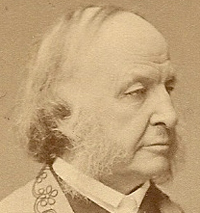
For biographical information on Dr. Vinton please see the chapter on him in Emmanuel Church, 1860-1960: The First Hundred Years.
See also Timeline 1894.


